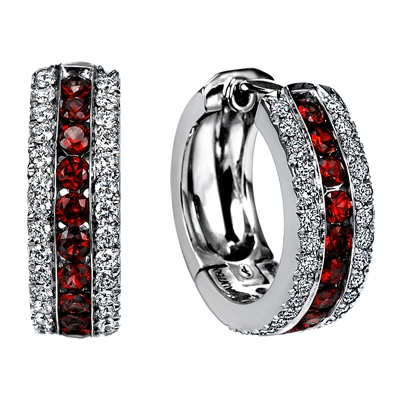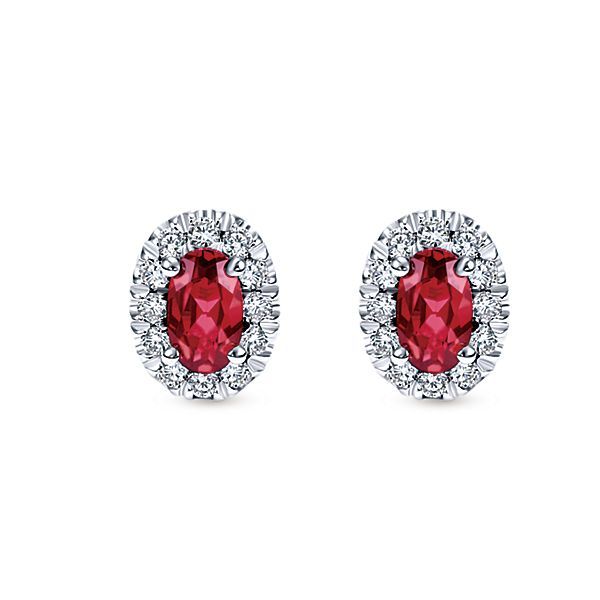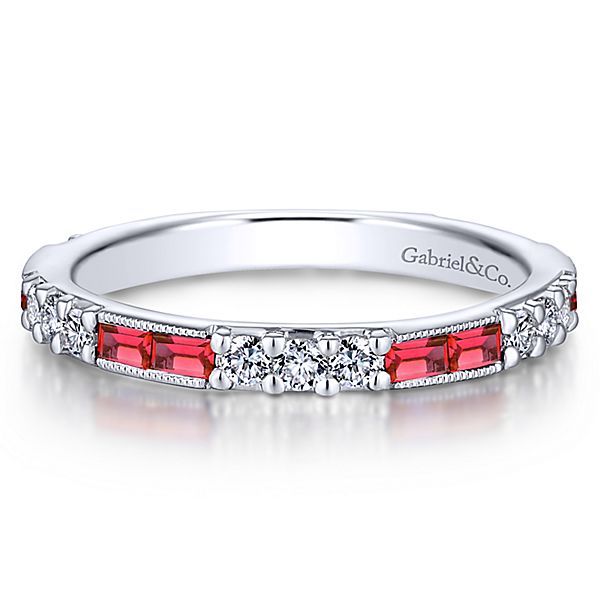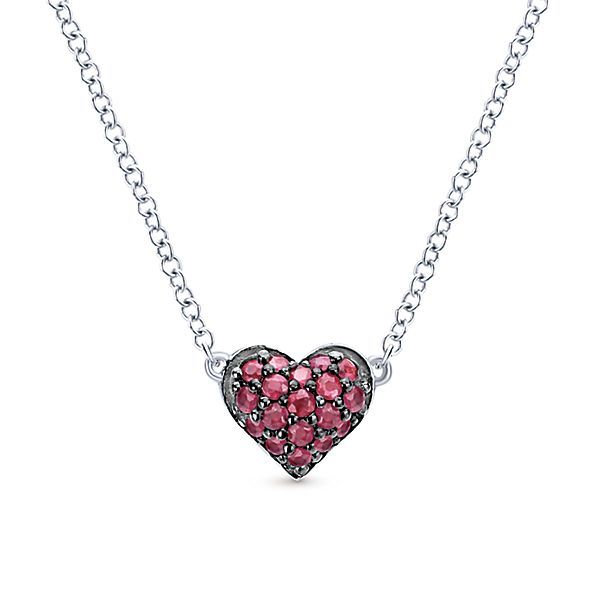RUBIES
The earliest record for the mining of rubies goes back more than 2,500 years ago to Sri Lanka. Historically, many have believed that mystical powers lie within this intensely colored red gemstone. When inserted beneath the skin, the ancient Burmese believed that the stone generated a mystical force, which protected the wearer from accidents and attack. In the ancient world, many believed rubies to contain prophetic powers, enabling wearers to predict their future based on the color changes of their gemstones.
The modern word ruby is derived from the ancient Latin term "Rubeus." Today, Burma is the world's largest provider of high quality rubies. Many consider Burmese rubies from the Mogok Valley to be the world’s finest. Vietnam, Kenya, Tanzania and Sri Lanka are some of the other providers of this truly enchanting gemstone. Thailand, with large deposits near the Cambodian border, was previously the world's largest provider of rubies, but due to environmental regulations, the mining of gemstones has been greatly reduced. Rubies and sapphires are closely related, having corundum as their base mineral. The difference in color occurs because of the different trace minerals contained within each gemstone. Thai rubies tend to have a darker color and less intensity than Burmese rubies, which are renowned for their high quality and high price range; however, very fine rubies can be found in Thailand at very affordable prices. African rubies tend to have heavy inclusions, but beautiful stones with fine clarity can be found, usually in the higher price range.
Rubies come in many different shapes and sizes, providing great variety to gemstone lovers. With hardness of 9 just below that of diamonds (10), rubies are one of the toughest gemstones, and with no cleavage, breakage rarely occurs. This makes ruby perfect for all kinds of jewelry including ruby rings, ruby necklaces and ruby earrings. Another popular form of ruby jewelry is with the rarer yet equally magnificent star rubies.
Microscopic inclusions, sometimes called "silk," are a normal characteristic of rubies. However, heating tends to dissolve these inclusions. The existence of inclusions provides traces to the rubies' origin and can be used to separate natural from synthetic stones. The inclusions within these gemstones may also be evidence that a ruby has not been heat-treated. Inclusions do not greatly affect the value of the stone as long as the brilliance of the gemstone is maintained and they are not visible to the naked eye. Intensity and uniformity of the red color are the factors used to determine the price of rubies. Highly valued rubies are those with intense medium red and uniformed color. Intense pink rubies can be highly appraised as well, if they are clear and beautifully cut.
The evaluation of rubies should be done under different light settings with the following order of criteria generally considered optimal: Color, Life or brilliance; Clarity or transparency; cut or proportions; and size or carat to fit one’s budget. When viewed under very strong light, rubies may show very intense color; however, when viewed under normal lighting, the gemstone may appear less intense. Light is therefore a very important factor in determining the true color of rubies. To help assess their symmetry, rubies must be judged from their face up position and their overall beauty should always be taken into consideration. Personal color preference should always be considered when choosing a stone for yourself—again, any qualified jeweler will also offer guidance as to value and rarity.
New Paragraph





